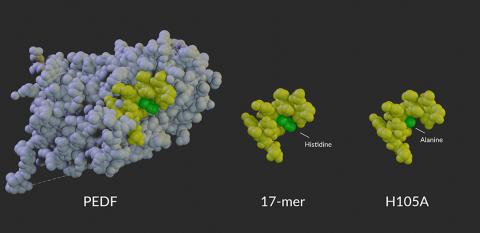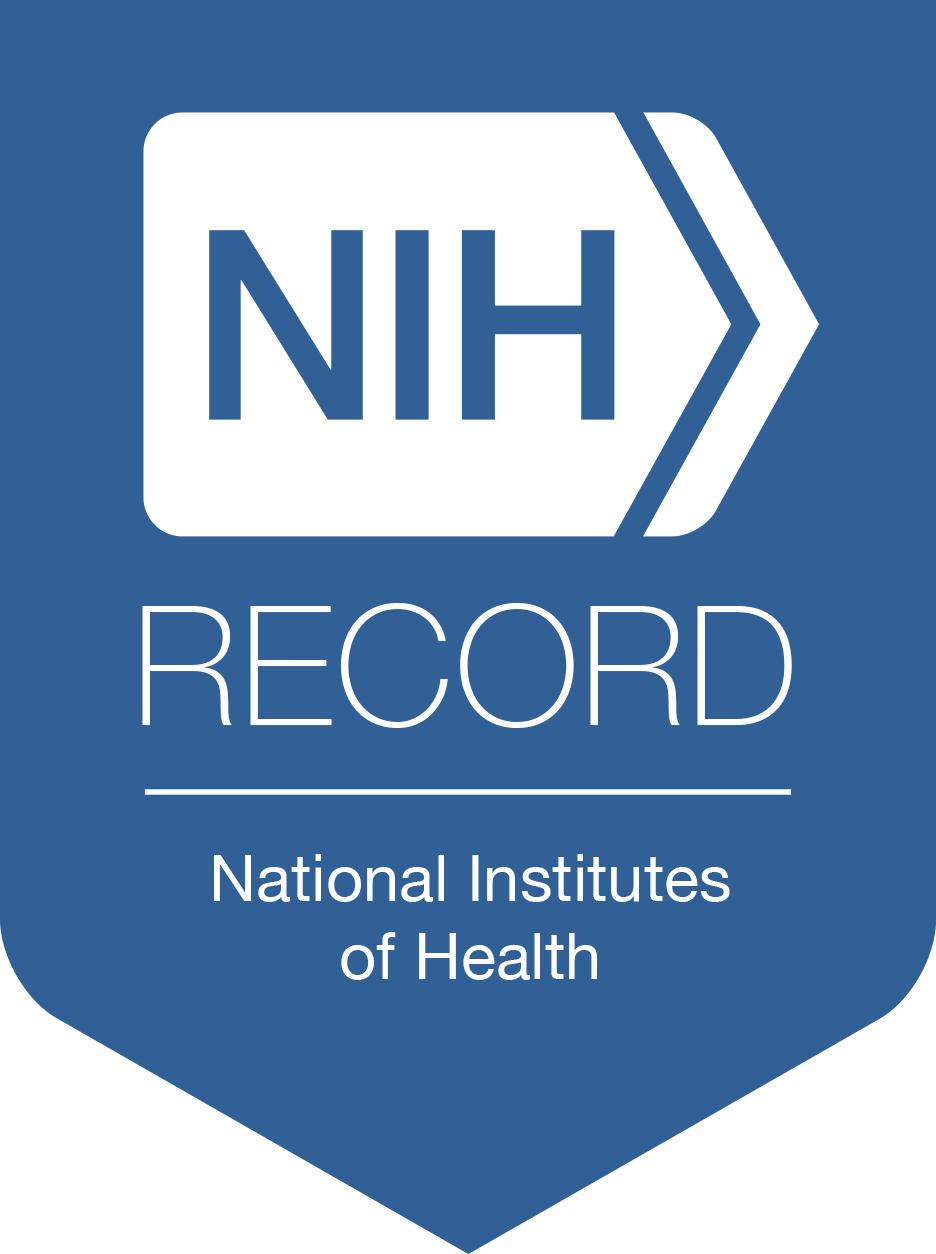NIH Researchers Develop Eye Drops that Slow Vision Loss in Animals

Photo: NEI
NIH researchers have developed a treatment with the potential to slow the progression of human degenerative eye diseases. They developed eye drops that extend vision in animal models with inherited diseases that lead to progressive vision loss in humans, known as retinitis pigmentosa.
The eye drops contain a small fragment derived from a protein in the eye, known as pigment epithelium-derived factor (PEDF). PEDF helps preserve cells in the eye’s retina. A report on the study is published in Communications Medicine.
All degenerative retinal diseases have cellular stress in common. While the source of the stress may vary—dozens of mutations and gene variants have been linked to retinitis pigmentosa and other disorders—high levels of cellular stress cause retinal cells to gradually lose function and die. Progressive loss of photoreceptor cells leads to vision loss and eventually blindness.
Previous research revealed the natural protein PEDF can help retinal cells stave off the effects of cellular stress. However, the full PEDF protein is too large to pass through the outer eye tissues to reach the retina. Instead, researchers developed a series of short peptides derived from a region of PEDF that supports cell viability. These small peptides can move through eye tissues to bind with PEDF receptor proteins on the surface of the retina.
In this new study, a research team created two peptide eye drop formulations. The first peptide candidate, called “17-mer,” contains 17 amino acids found in the active region of PEDF. A second peptide, H105A, is similar but binds more strongly to the PEDF receptor.
When administered once daily to young mice with retinitis pigmentosa-like disease, H105A slowed photoreceptor degeneration and vision loss. Once cell loss begins, most photoreceptors die in a week. When given peptide eye drops through that one-week period, mice retained up to 75% of photoreceptors and continued to have strong retinal responses to light.
A variety of gene-specific therapies are under development for many types of retinitis pigmentosa. These PEDF-derived peptide eye drops could help preserve cells while waiting for these gene therapies.
